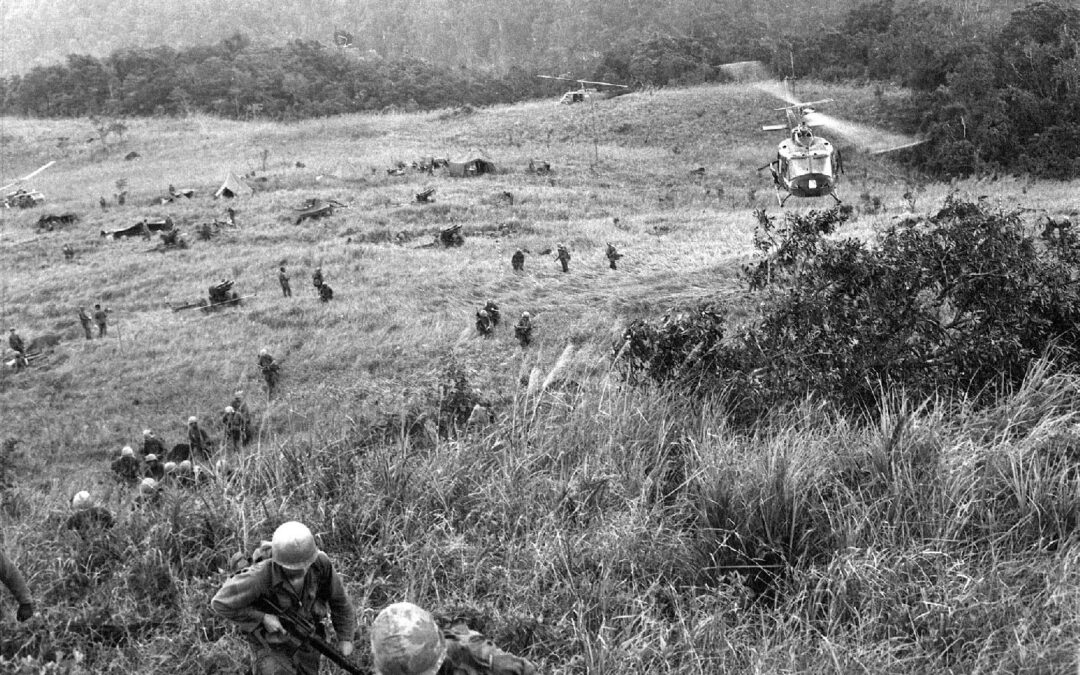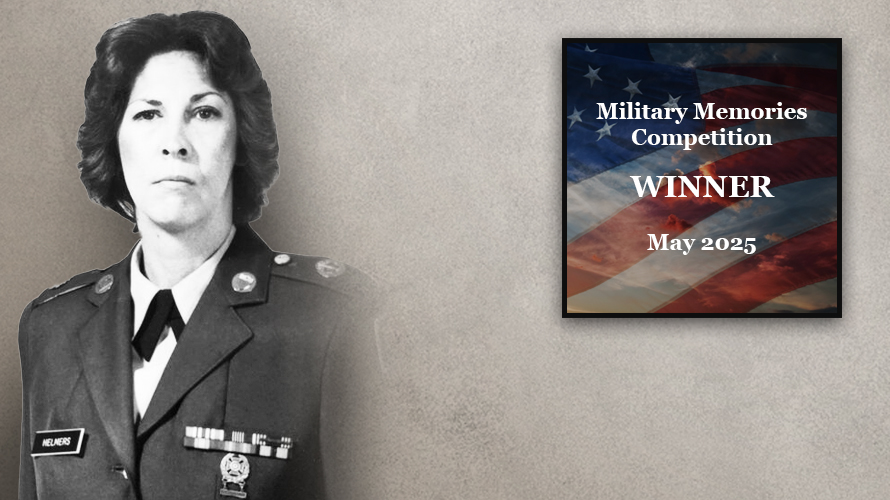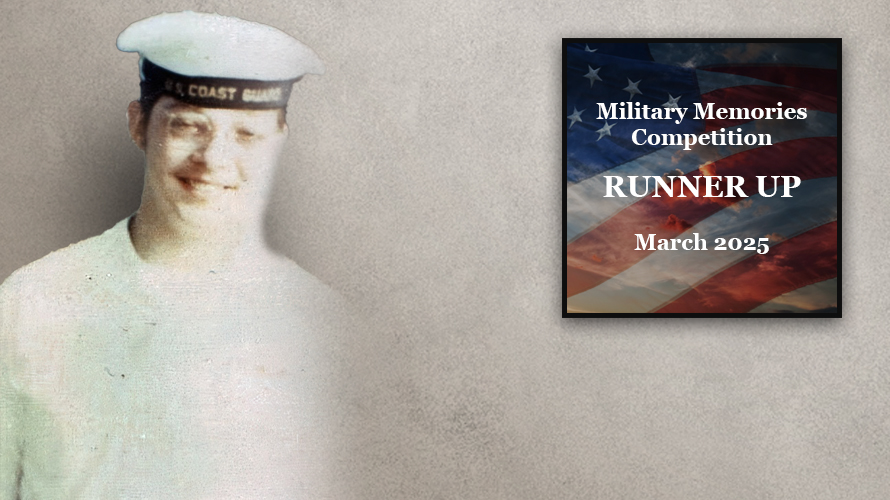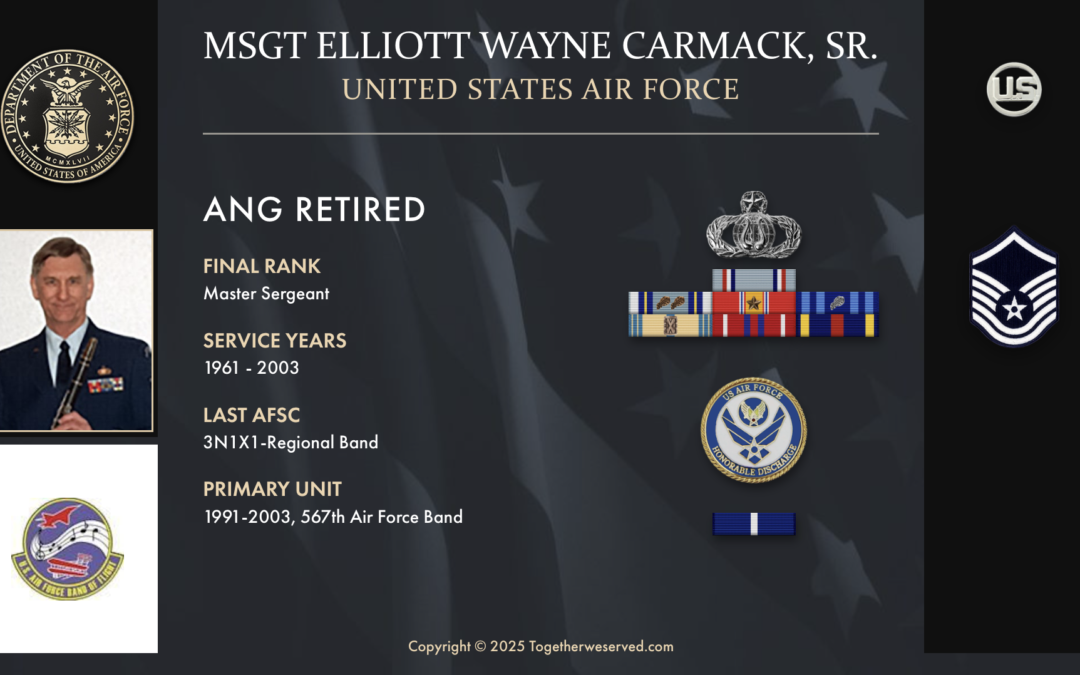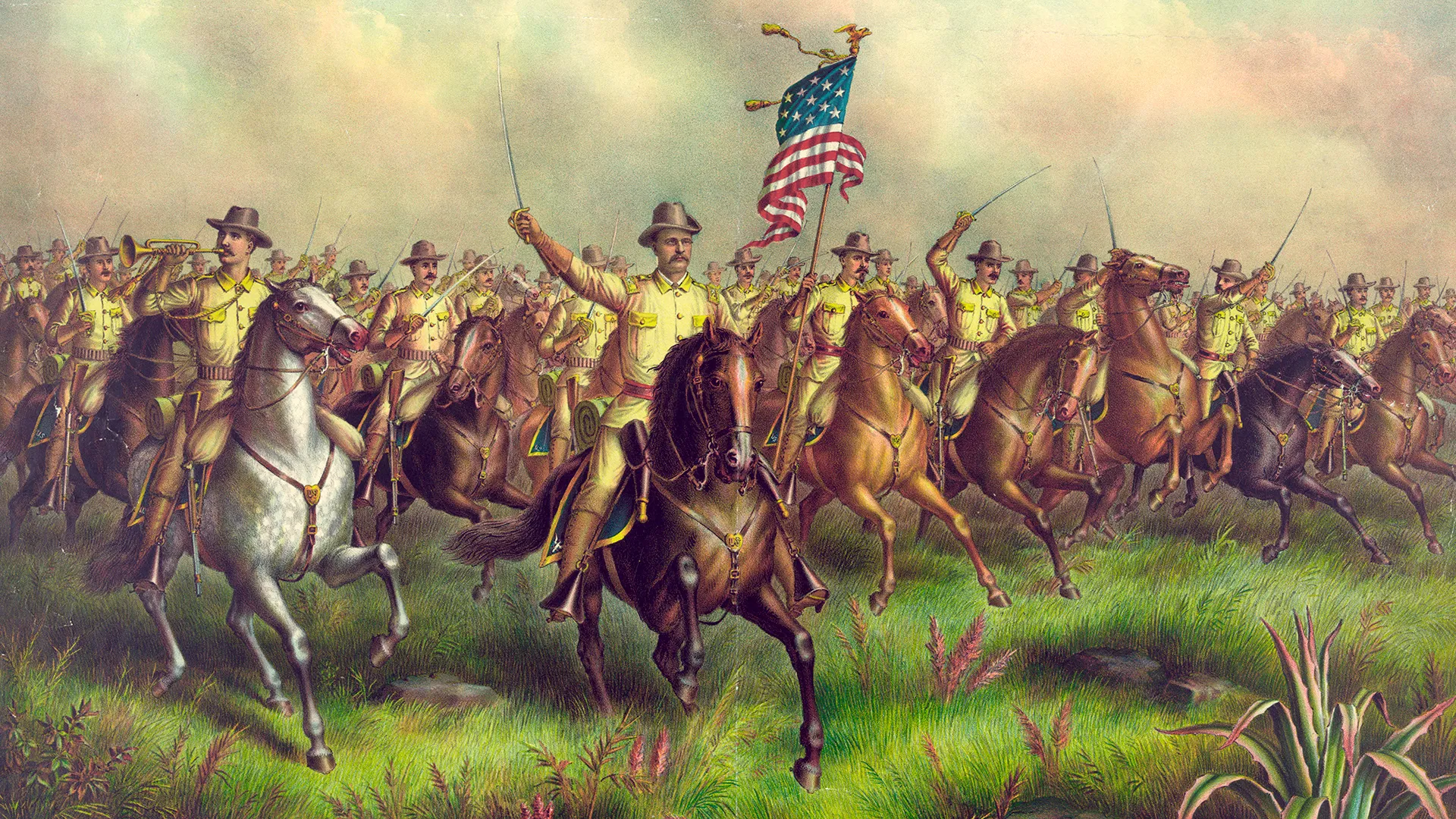Twenty-three Montagnard mercenaries led by Special Forces Sergeants Burton Adams and David Freeman moved quietly through the front gate of the Vinh Thanh Special Forces camp on May 15, 1966, and slipped into the early morning darkness and light fog. Like other patrols sent out over the past week, they were hoping to find anything that would confirm a captured Viet Cong's claim that a combined North Vietnamese Army/Viet Cong force would soon attack their camp. The patrol members moved to the...
